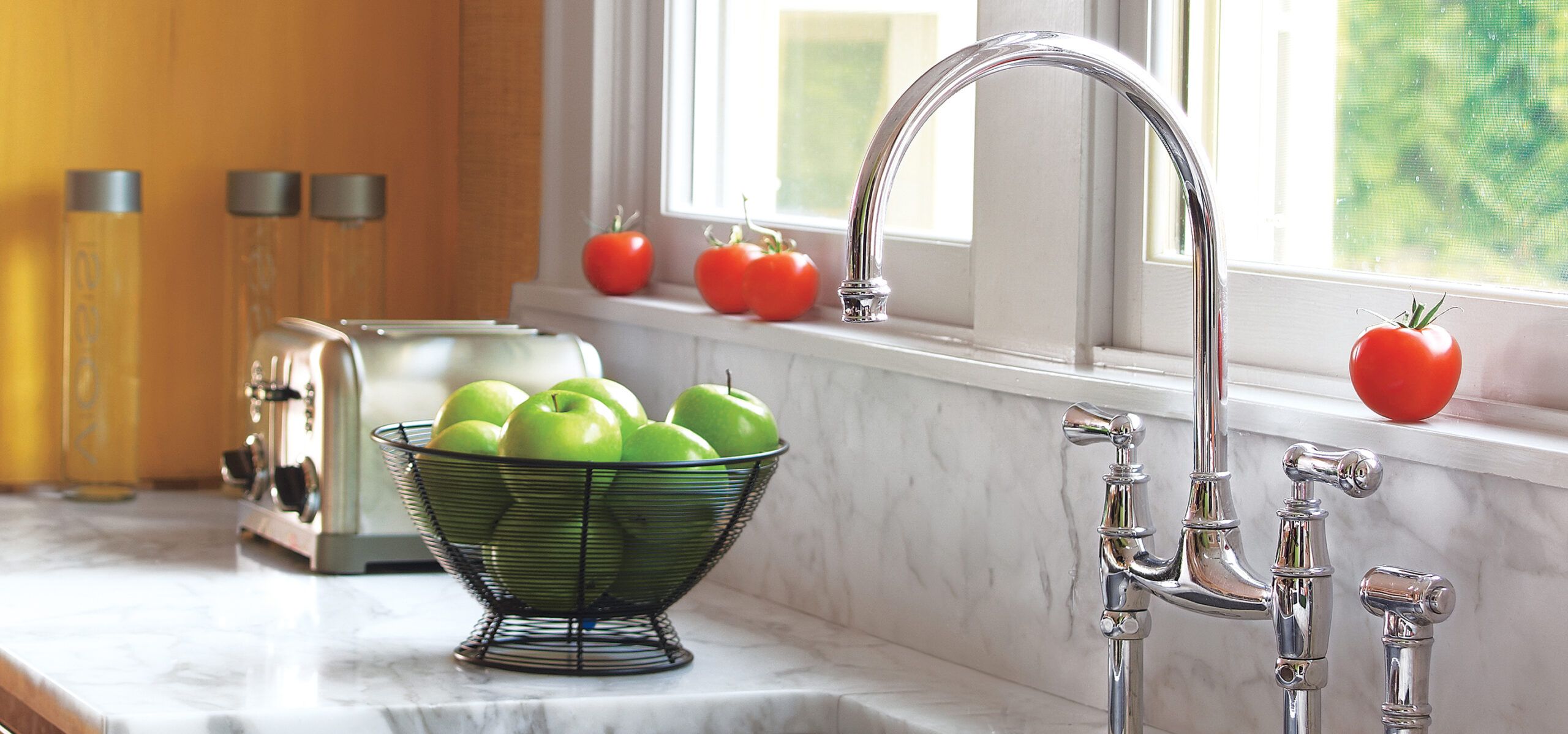The kitchen faucet is one of the most frequently used fixtures in any home. According to the Environmental Protection Agency, Americans use an average of 82 gallons of water daily, with a significant portion flowing through kitchen faucets. Whether washing hands, rinsing produce, or filling a kettle, a reliable faucet is a must-have.
Today’s market offers many options, from budget-friendly models to high-end fixtures. Modern faucets benefit from improved engineering, resulting in longer-lasting, drip-free performance and easier installation. We’ll explore the anatomy of a kitchen faucet to help you make an informed decision for your home.
Kitchen Sink Faucet Parts
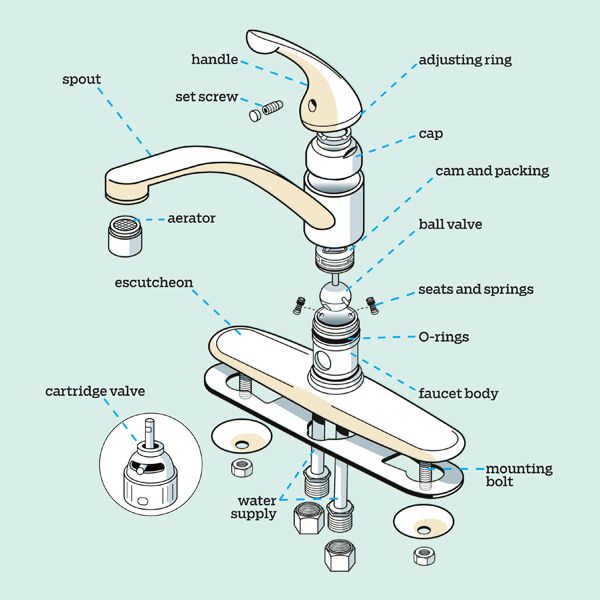
Before selecting a new faucet, it’s important to consider your sink’s specifications. The sink’s size, shape, and features will determine the faucet’s mounting location and the necessary spout reach. Measure the spout height carefully—it should be tall enough to accommodate your largest pot but not so high that water splashes excessively.
Make sure there’s adequate space behind and beside the faucet for cleaning and comfortable handle operation. Understanding the various components of a kitchen faucet will help you choose the best option for your needs.
Aerator
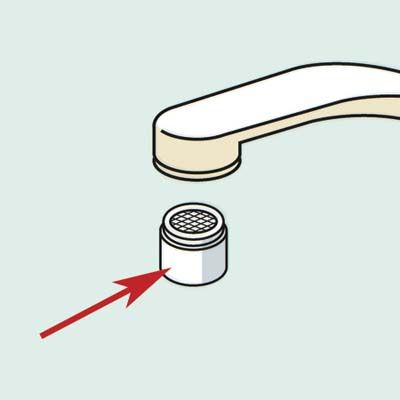
The aerator is the component located at the tip of the faucet that breaks the water flow into multiple small streams, effectively mixing it with air. This design reduces water consumption while maintaining the sensation of high pressure and minimizes splashing in the sink, enhancing cleanliness. Additionally, it improves the overall feel of the water flow, making for a more pleasant user experience.
Most aerators are mesh, and you can easily remove them for cleaning or replacement. Some modern faucets feature adjustable aerators, allowing you to switch between different flow patterns to suit various tasks and preferences.
Spout

The spout is the most visible part of the faucet, delivering water from the body to the sink. Various designs are available, each serving different needs. Straight spouts offer an extended reach while maintaining a low profile, making them practical for everyday use.
Gooseneck spouts present an elegant, high-arc shape ideal for filling deep pots, combining style with functionality. Shepherd’s crook designs provide extra clearance and a distinctive look, adding character to your kitchen or bathroom. Finally, articulating spouts feature multiple joints, allowing for precise direction of water flow and making them versatile for various tasks.
Consider how you’ll use your faucet when choosing a spout style. Pull-out versions have retractable sprayer heads that dock on the spout, and pull-down spouts—often found on gooseneck designs—use magnetized or locking docks. For added convenience, some models offer hands-free operation with foot pedals or motion sensors, enhancing ease of use.
Handle
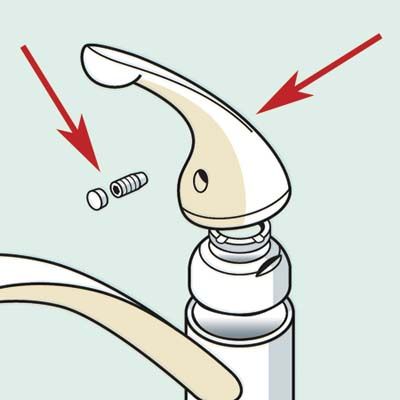
The handle controls the faucet’s valve, regulating water flow and temperature. You’ll typically choose between single-handle and two-handle designs:
- Single-handle faucets are user-friendly and accessible for all ages and abilities. They can be mounted on top of the spout, on either side, in front, or beside it. This design allows for easy temperature and flow adjustments with one hand.
- Two-handle faucets offer a classic look but require more space and may be slightly less convenient. They provide more precise temperature control, as hot and cold water mix manually.
When selecting a handle style for your kitchen faucet, consider factors such as ease of use, aesthetics, and available space. The handle’s ergonomic design and placement can influence user comfort and overall functionality.
Valve
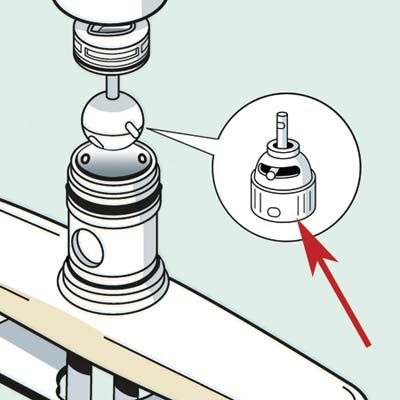
Modern faucets utilize cartridge valves to control water flow and temperature. These self-contained units enclose all working parts, making them easy to replace when necessary.
Valve types include plastic or metal cartridges and ceramic disc valves, which are highly durable and resistant to hard water deposits. These options help provide reliable performance and longevity in your plumbing fixtures.
Ceramic disc valves are considered superior due to their longevity and leak-resistant properties. However, debris can damage them, so it’s necessary to flush your supply lines before installation. Cartridge valves differ by faucet make and model, so order replacements directly from the manufacturer when needed.
Body
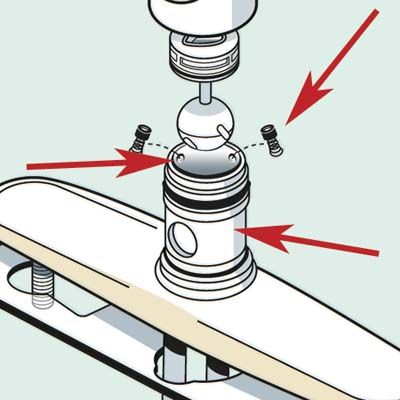
The faucet body is where hot and cold water mix before flowing through the spout. There are three main body designs:
- Bridge: A pipe joins two separate valves, blending hot and cold water before it reaches the spout. This design is less common but often featured in period-style faucets, appealing to those with a more traditional look.
- Single-hole: Hot and cold water combine in a one-piece casting that houses the valves. This design is available in single and double-handle configurations, offering a sleek and compact appearance.
- Widespread: This option is similar to the bridge design but hides the mixing pipe beneath the counter. It requires three holes for installation, allowing for a more spacious layout.
Each body style offers different aesthetic and functional benefits, so consider your kitchen’s design and preferences. The faucet body not only defines the look of your faucet but also affects its installation complexity and functionality.
Mount
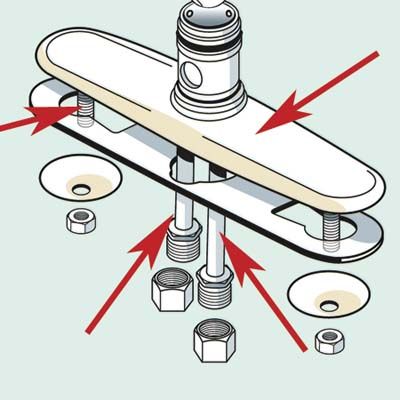
The mount determines how your faucet attaches to your sink or countertop. The two primary mounting options are:
- Deck mount: This is the most common option, where the faucet connects directly to the sink or countertop. This type is easy to install if there’s sufficient clearance between the sink and wall, but it requires holes in the mounting surface. Deck-mounted faucets come in various styles and finishes, complementing different kitchen designs.
- Wall mount: This option attaches the faucet to the wall, freeing up counter space and simplifying cleanup. However, we don’t recommend them for exterior walls in cold climates due to the risk of pipe freezing.
Consider your kitchen layout, existing plumbing, and personal preferences when choosing a mounting style for your new faucet. The mount style impacts the faucet’s visual appeal and practical functionality, influencing your kitchen’s overall usability.
Common Materials: Brass, Stainless Steel, Plastic, Zinc
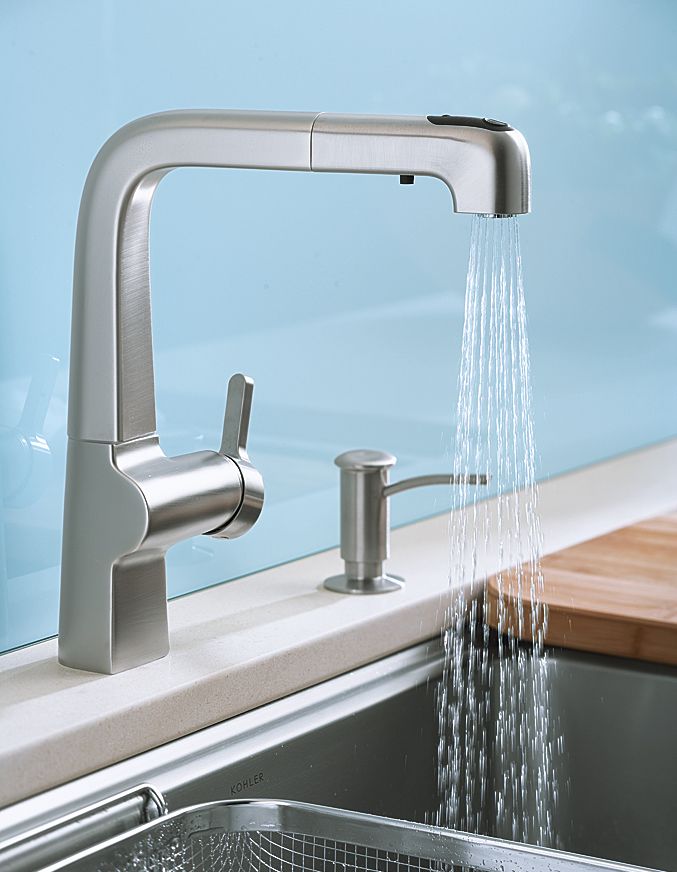
Kitchen faucets consist of one of four materials, each with its advantages:
- Brass: The most popular choice due to its durability and ease of casting. Brass faucets offer various models and finishes, making them versatile and suitable for various kitchen styles.
- Plastic: The least durable option, often designed to mimic the appearance of metal faucets. Plastic faucets are generally more affordable but may not offer the same level of longevity.
- Stainless steel: A high-quality option that’s more expensive than brass but highly durable and corrosion-resistant. Stainless steel faucets are popular for their sleek, contemporary appearance and long-lasting performance.
- Zinc: Another less durable material sometimes used in budget-friendly faucets. Zinc faucets can be cost-effective but may not withstand heavy daily use and other materials.
When selecting a faucet, consider the material’s durability, cost, and potential lead content. By law, faucets sold in the United States can’t contain more than 8% lead, but even this amount can affect water quality. Some states, such as California and Vermont, have stricter standards. Research thoroughly to confirm you’re making a safe and informed choice, especially if water safety and durability are primary concerns for your household.
Finish Application
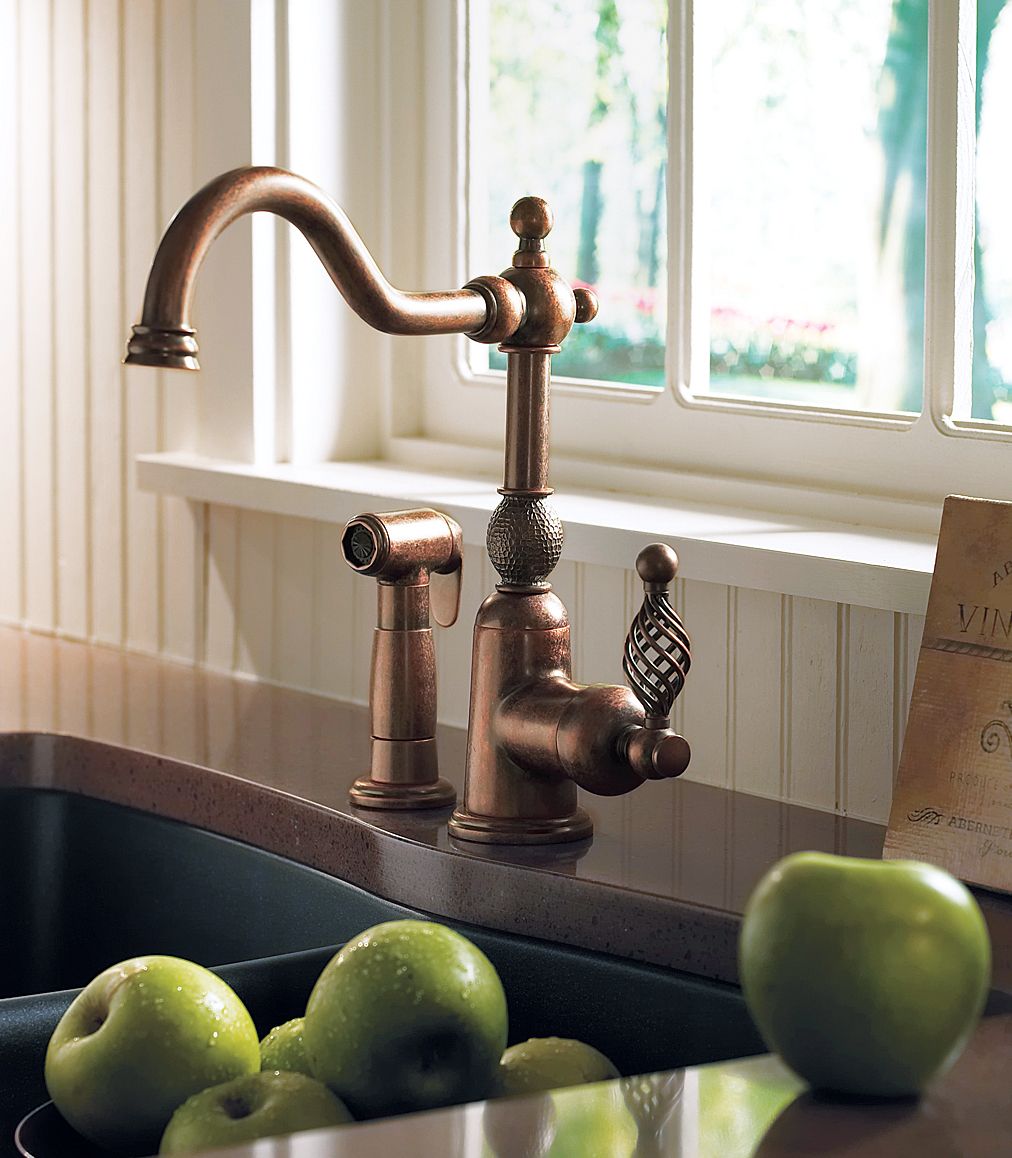
The finish of your faucet not only affects its appearance but also its durability. Common finish application methods include the following:
- Electroplating: This is the most traditional method, where you dip the faucet in a bath of dissolved metal that adheres to the surface when you apply an electric current. This process creates a durable, long-lasting finish but can be susceptible to harsh cleansers over time.
- Physical Vapor Deposition (PVD): A more advanced technique, the faucet is placed in a vacuum and bombarded with metallic ions that bond to the surface. PVD finishes are tough and durable, often not requiring a clear coat. This method provides an enduring finish that resists scratches and tarnishing.
- Powder-coating: In this method, you spray the faucet with a dry powder that cures when exposed to heat. This results in an even, thick finish but is generally less durable than PVD or electroplating. Powder-coated finishes can offer various colors and textures, enhancing aesthetic versatility.
When making your selection, consider the aesthetic appeal and durability of different finishes. The finish application method will influence not only the look of your faucet but also its resistance to daily wear and tear, helping you maintain its appearance over time.
Kitchen Faucet Installation Tips
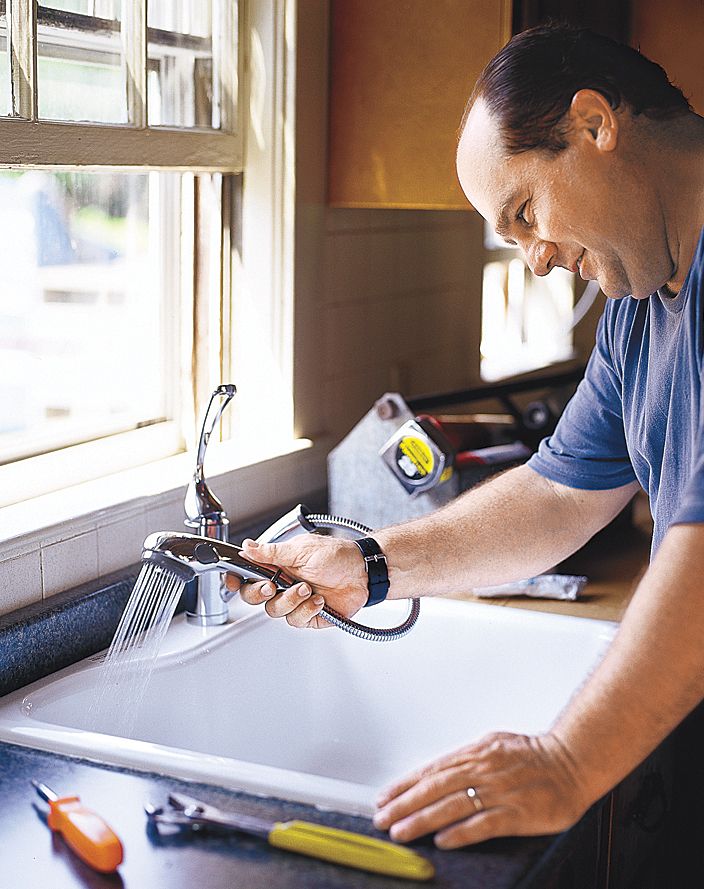
Installing a new kitchen faucet can be a straightforward do-it-yourself project if you follow these tips:
- Use a heat gun or hair dryer to loosen any rusted-on nuts when removing an old faucet.
- Remove old nuts with water pump pliers or a basin wrench.
- For stone countertops, avoid using plumber’s putty, which can stain the stone. Instead, rely on the O-ring in the faucet base for sealing.
- For other materials, use plumber’s putty to form a seal between the faucet base and the countertop.
- Flush your supply lines before connecting the new faucet to remove any debris that could damage the valve.
- Follow the manufacturer’s instructions carefully, as installation can vary between models.
Turn off the water supply before beginning any faucet installation or replacement project. Proper preparation and adherence to instructions will make the installation smoother and help avoid potential leaks or misalignment.
Our Conclusion
Choosing the right kitchen faucet involves considering various factors, from materials and finishes to functionality and design. By understanding the anatomy of a kitchen faucet, you can make an informed decision that balances durability, style, and performance.
